You are using an out of date browser. It may not display this or other websites correctly.
You should upgrade or use an alternative browser.
You should upgrade or use an alternative browser.
"WW C"- COVID-19, GLOBAL CASES SURPASS 676 MILLION...CASES 676,609,955 DEATHS 6,881,955 US CASES 103,804,263 US DEATHS 1,123,836 8:30pm 1/28/24
- Thread starter lightbright
- Start date
-
- Tags
- vaccination
I'm still here, alive and kicking man.... not a lot of COVID news making front page since that cracker killed Floyd.... and I've been busy handling business..... just moved in three new tenants..... and i I got one shit brained bitch not paying her rent and moving in her weed head useless teenage son TO live with her without my permission..... she's gonna get regulated when the N.J. eviction shit expires end of June... I just raised her rent again too....

Be safe.....these race soldiers ain't hiding it since the protests started...
Anyone seen Gene Cisco? He's been MIA several days.
I was wondering about him too.....
It's so fucking stupid......
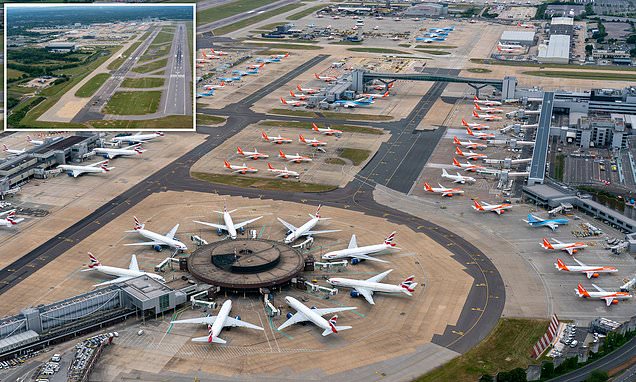
DAVID JONES sees the ghostly sight of Graveyard Gatwick
DAVID JONES: Gatwick has turned from the world's second busiest single-runway airport - its volume of traffic surpassed only by one in Mumbai - into a kind of aviation mausoleum.assembled.
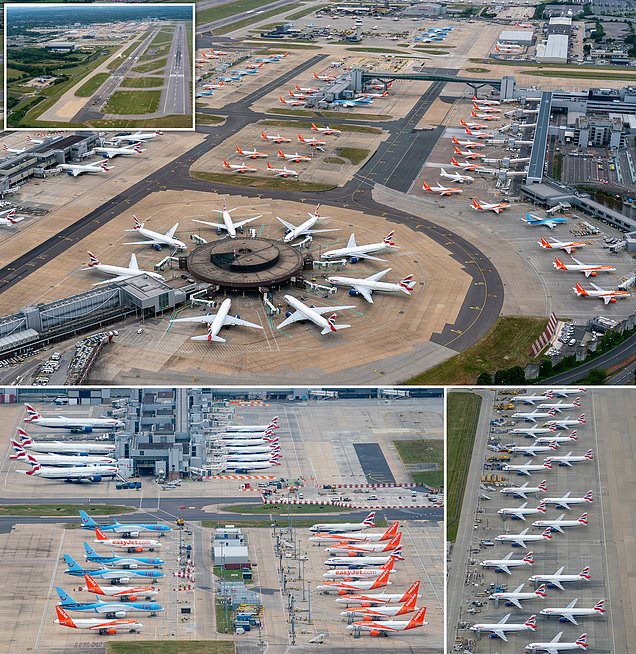
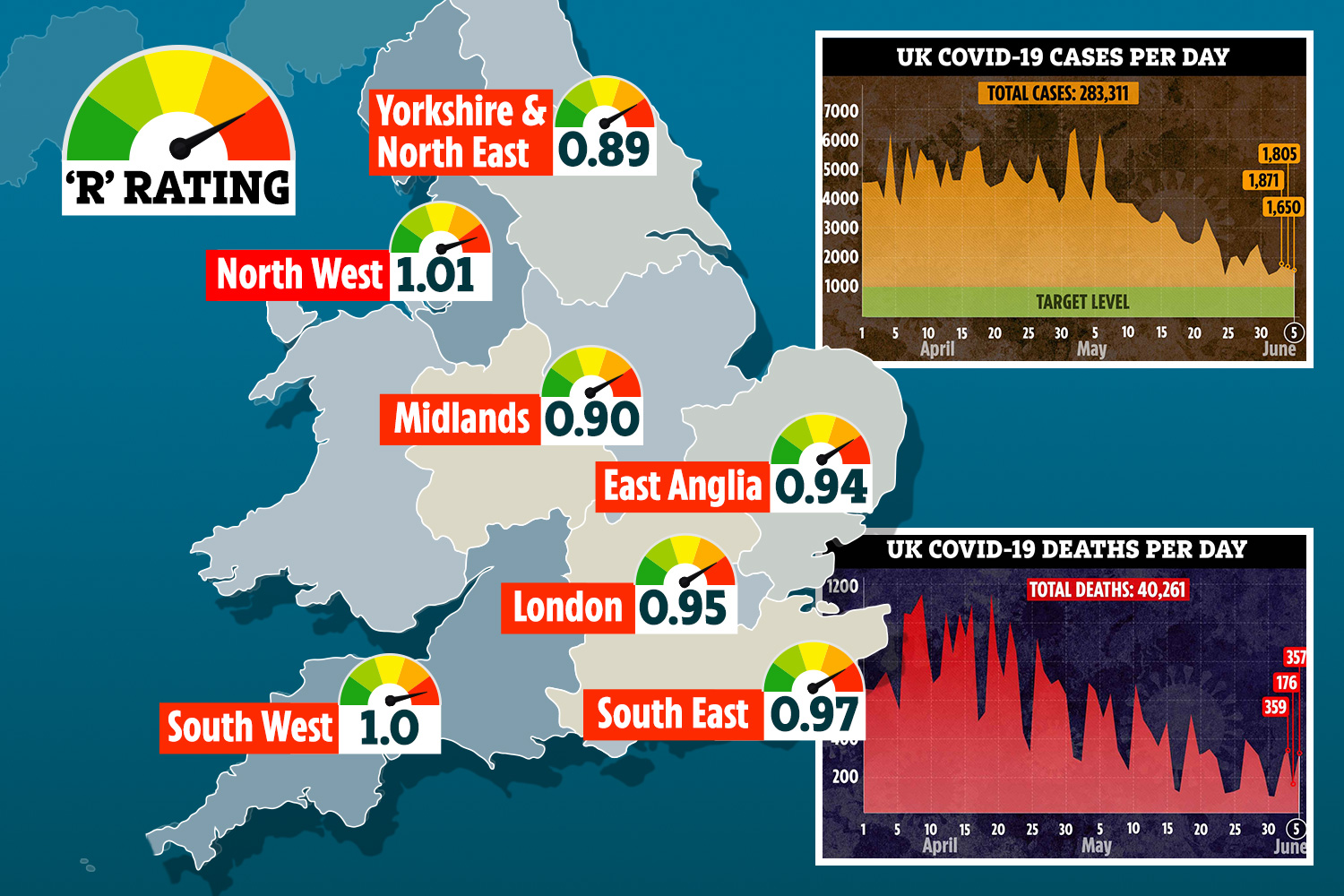
Crucial coronavirus R rate is back above 1 in some parts of England
THE crucial coronavirus R rate has crept back up above 1 in some parts of England, latest figures show. Research by Public Health England and Cambridge University suggests the reproduction rate is …
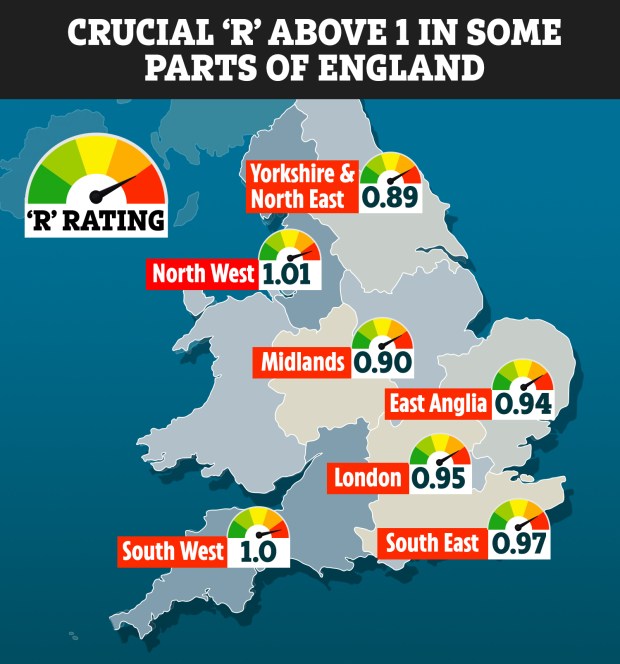
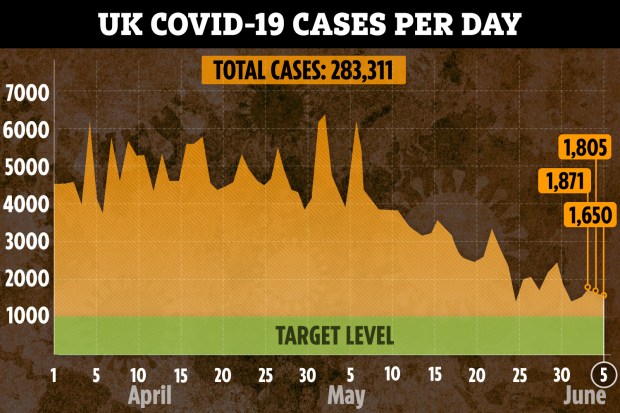
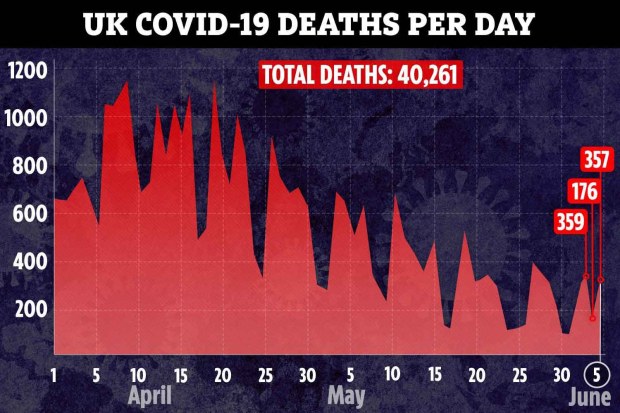
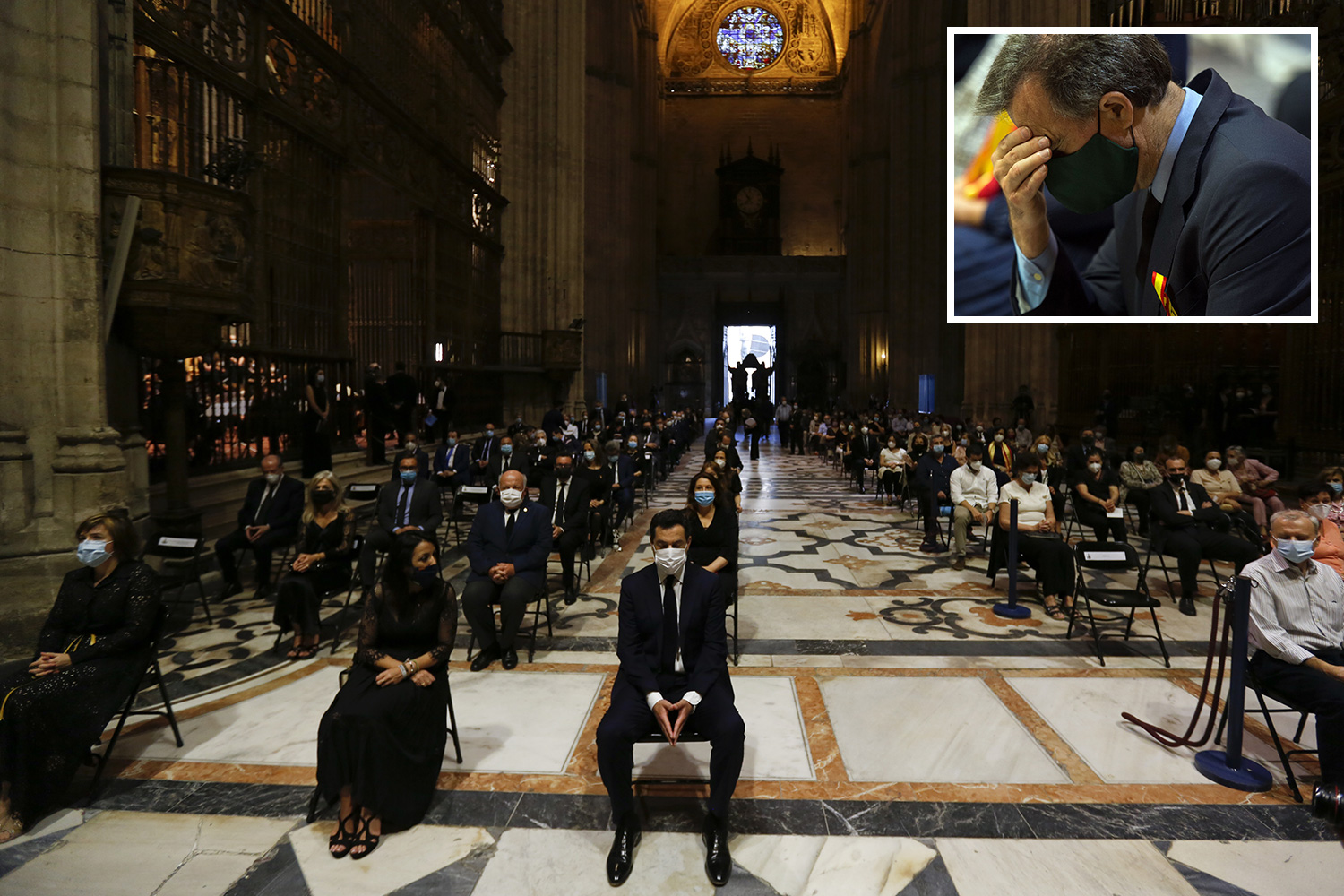
Haunting pics of 100s gathered at social distanced mass corona funeral in Spain
HAUNTING pictures show hundreds of people at a socially distanced coronavirus funeral mass held in Spain. Mourners gathered in Seville Cathedral, wearing face masks and sitting on chairs two metres…

Victoria’s Secret goes into administration in UK putting over 800 jobs at risk
VICTORIA’S Secret has tumbled into administration in the UK, putting more than 800 jobs and 25 stores at risk. The UK arm of the lingerie retailer has struggled during the coronavirus lockdow…
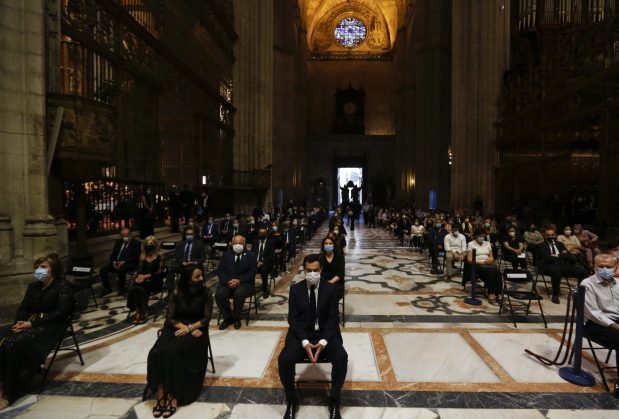
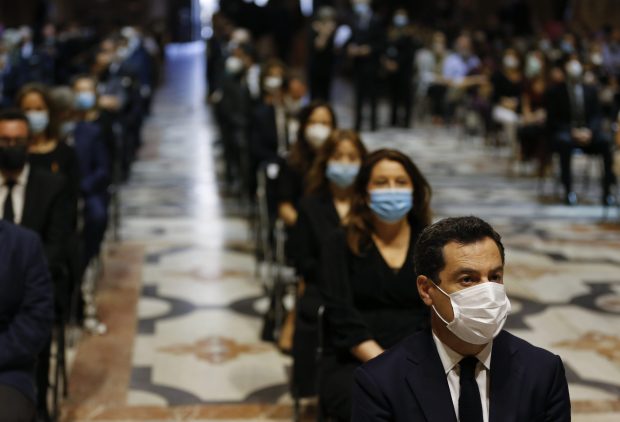

California Gov. Gavin Newsom Reveals TV, Film Production Can Restart June 12
California Gov. Gavin Newsom on Friday revealed guidelines as film and television productions resume in Hollywood — after months of lockdown due to the novel coronavirus pandemic.
We really need to take a monthly break every year look at this
Yo, that’s says a lot. You know how dirty them Indian rivers are?

Last edited:
And they came back like that? Imagine the oceans now that those stupid ships aren’t running.Yo, that’s says a lot. You know how dirty then Indian rivers are?
This guy faked all the data on studies for hydroxychloriquine and ivermectin for the WHO to discontinue use.
now the huge retraction. of the fake studies..
dude has three malpractice lawsuits against him in illinois. in 2019
now he has been found out for the fraud network they are running..lol
and still i get to debate covid with ppl on bgol...but im enjoying this lets keep it going.it will be fun at the end.
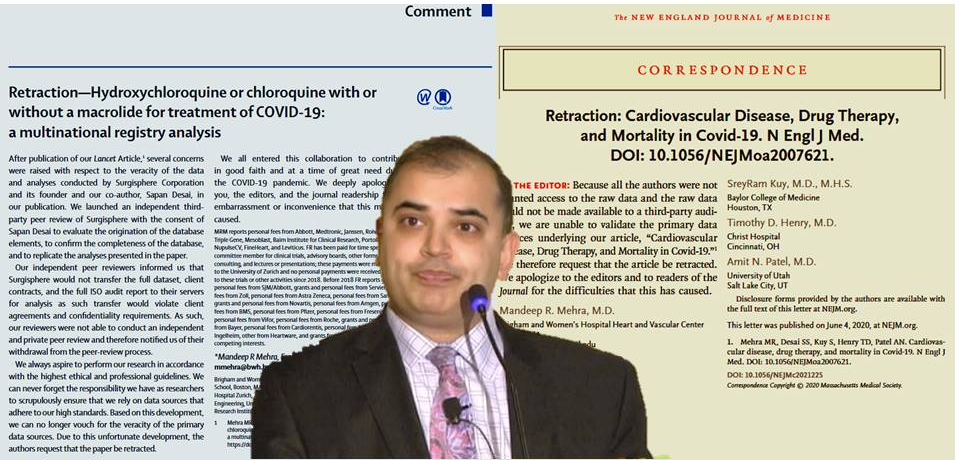
 forbetterscience.com
forbetterscience.com
now the huge retraction. of the fake studies..
dude has three malpractice lawsuits against him in illinois. in 2019
now he has been found out for the fraud network they are running..lol
and still i get to debate covid with ppl on bgol...but im enjoying this lets keep it going.it will be fun at the end.

Would Lancet and NEJM retractions happen if not for COVID-19 and chloroquine?
NEJM and The Lancet retract two fake papers, one was dealing with chloroquine. Did we just get a brief glimpse into the fraudulent abyss of medical literature and the corruption of medical elites, …
 forbetterscience.com
forbetterscience.com
That’s the amazing how fast that water cleaned itself in the past few months imagine how things would look if we was to take a whole year offYo, that’s says a lot. You know how dirty then Indian rivers are?
I knew something shady with this also they just had 1.9 million people filed for unemployment last week so these numbers if it was true would have been a wash anyway.
This might explain why spikes are hard to predict. The virus needs a superspreader in a poorly ventilated indoor space with a lot of people.
https://www.sciencealert.com/70-of-those-infected-with-the-coronavirus-don-t-pass-it-on-says-preliminary-research
Preliminary Research Says 70% of Those Infected With Coronavirus Don't Pass It On
Superspreader events, in which one person infects a disproportionately large number of others, are the primary means by which the coronavirus spreads, new preprint research suggests.
A group of epidemiologists in Hong Kong found that just 20 percent of cases studied there were responsible for 80 percent of all coronavirus transmissions.
The researchers also found 70 percent of people infected with the coronavirus didn't pass it to anyone else and that all superspreading events involved indoor social gatherings.
"That's the picture we have so far," Ben Cowling, one of the study coauthors, told Business Insider.
"Superspreading events are happening more than we expected, more than what could be explained by chance. The frequency of superspreading is beyond what we could have imagined."
The research has been published in a preprint publication, which means it's yet to undergo peer review - so more work needs to be done to confirm this result.
But that information could inform how policymakers craft rules to keep people safe.
"Now we know which measures might give you the most bang for your buck – if we could stop the superspreading from happening, we'd benefit the most people," Cowling said.
A small number of superspreading events account for most transmission
Superspreader events around the world have created clusters of coronavirus infections that cropped up almost overnight.
A South Korean churchgoer infected 43 others in February, a singer infected 53 people at a choir practice in Washington a month later, and a New York lawyer was responsible for passing the coronavirus to more than 100 others in his community.
For their research, Cowling and his colleagues examined more than 1,000 coronavirus cases in Hong Kong between January 23 and April 28.
They found that superspreading was the primary means of transmission in the city. About 350 of the cases analysed were a result of community spread, while the rest were imported from other countries. Within the community-spread cases, more than half were connected to six superspreading events.
The term "superspreader" refers to an infected person who transmits the virus to more people than a typical infected person would. A virus' R0 value (pronounced "R-naught") refers to the average number of people that one sick person goes on to infect in a group with no immunity.
The R0 of the coronavirus so far seems to hover between 2 and 2.5.
But in the case of these Hong Kong superspreading events, one person infected at least three times that many people. In fact, 20 percent of cases caused 80 percent of transmissions, a majority of which were linked to superspreading events at a wedding, temple, and multiple bars in the city's Lan Kwai Fong district.
The remaining 20 percent of transmissions were result of another just 10 percent of cases, when infected patients passed along the virus to one, or at most two, other people – generally someone in their households.
"Social exposures produced a greater number of secondary cases compared to family or work exposures," the study authors wrote, adding that reducing superspreading events could have a considerable effect in lowering the virus' R0.
The 80-20 rule
In a New York Times article about his team's study, which has yet to be peer-reviewed, Cowling wrote: "You might be wondering if our study, or the experience of Hong Kong, with its small number of total infections, is more broadly representative. We think so."
Indeed, other research supports his findings: A 2011 study found that 20 percent of a population was responsible for 80 percent of the transmissions of many diseases, including malaria. This is known as the "80-20 rule."
Some scientists think that the ratio could be even smaller.
A model from researchers at the London School of Hygiene and Tropical Medicine suggested only 10 percent of coronavirus cases accounted for 80 percent of global transmissions.
Preliminary research that examined more than 200 coronavirus cases in Israel found that between 1 and 10 percent of cases were linked to 80 percent of transmissions. Another study from Shenzhen, China, yielded a similar conclusion: Between 8 and 9 percent of cases caused 80 percent of transmissions.
Superspreading events happen in crowded indoor areas
Coronavirus superspreader events have shared a few key characteristics: They have involved indoor gatherings in which a lot of people from different households were in close, extended contact.
For example, a superspreader event in Arkansas involved a pastor and his wife who attended church events and a Bible study group a few days before they developed coronavirus symptoms.
Of the 92 people they came into contact with, 35 got sick. Seven had to be hospitalized. Three died.
Offices and restaurants can be infection hot spots too. A study of an outbreak in a call centre in Seoul, South Korea, showed that almost half the employees on one floor got infected. Nearly all of them sat in the same section.
In that sense, it's not that certain individual people are more contagious than others or shed more virus. Instead, there's a type of activity that gives people access to a greater number of people in areas conducive to the virus' spread, Cowling said.
Research has found time and again that the risk of coronavirus transmission is higher indoors in poorly ventilated spaces where lots of people have sustained contact.
"You can't have a superspreading event unless there are a lot of people around, so you have to be very careful still about gatherings of people of any size – that includes religious services," William Schaffner, an infectious-disease expert at Vanderbilt University, previously told Business Insider.
If we target gatherings that could become superspreader events, we could avoid more lockdowns
Cowling said the study findings could inform countries' responses to future waves of coronavirus infections.
"We'll be in a much better position to deal with the second wave this fall," he said. "This knowledge gives us the chance to take more measured actions without going into full lockdown again."
A few countries, like Japan and South Korea, have already shown that it's possible to ride out an outbreak without dramatically restricting citizens' movements or shutting down all stores, restaurants, and schools.
Japan's success stems from adherence to the "3 C's rule." The government told people to avoid closed spaces, crowded places, and close-contact settings – all of which are ripe for superspreading events.
Going forward, Cowling thinks other countries could benefit from instituting rules that target the source of most transmissions (in addition to continued contact tracing and testing), rather than blanket shelter-in-place orders.
"Anything outdoors is fine. I'm less concerned about protests," he said, adding that restaurants and bars could also probably operate at 50 percent capacity, with empty tables between diners.
"We need to figure out how many people per square metre is acceptable," Cowling said.
"Meetings and religious activities could go on, but with reduced numbers of people."
https://www.sciencealert.com/70-of-those-infected-with-the-coronavirus-don-t-pass-it-on-says-preliminary-research
Preliminary Research Says 70% of Those Infected With Coronavirus Don't Pass It On
Superspreader events, in which one person infects a disproportionately large number of others, are the primary means by which the coronavirus spreads, new preprint research suggests.
A group of epidemiologists in Hong Kong found that just 20 percent of cases studied there were responsible for 80 percent of all coronavirus transmissions.
The researchers also found 70 percent of people infected with the coronavirus didn't pass it to anyone else and that all superspreading events involved indoor social gatherings.
"That's the picture we have so far," Ben Cowling, one of the study coauthors, told Business Insider.
"Superspreading events are happening more than we expected, more than what could be explained by chance. The frequency of superspreading is beyond what we could have imagined."
The research has been published in a preprint publication, which means it's yet to undergo peer review - so more work needs to be done to confirm this result.
But that information could inform how policymakers craft rules to keep people safe.
"Now we know which measures might give you the most bang for your buck – if we could stop the superspreading from happening, we'd benefit the most people," Cowling said.
A small number of superspreading events account for most transmission
Superspreader events around the world have created clusters of coronavirus infections that cropped up almost overnight.
A South Korean churchgoer infected 43 others in February, a singer infected 53 people at a choir practice in Washington a month later, and a New York lawyer was responsible for passing the coronavirus to more than 100 others in his community.
For their research, Cowling and his colleagues examined more than 1,000 coronavirus cases in Hong Kong between January 23 and April 28.
They found that superspreading was the primary means of transmission in the city. About 350 of the cases analysed were a result of community spread, while the rest were imported from other countries. Within the community-spread cases, more than half were connected to six superspreading events.
The term "superspreader" refers to an infected person who transmits the virus to more people than a typical infected person would. A virus' R0 value (pronounced "R-naught") refers to the average number of people that one sick person goes on to infect in a group with no immunity.
The R0 of the coronavirus so far seems to hover between 2 and 2.5.
But in the case of these Hong Kong superspreading events, one person infected at least three times that many people. In fact, 20 percent of cases caused 80 percent of transmissions, a majority of which were linked to superspreading events at a wedding, temple, and multiple bars in the city's Lan Kwai Fong district.
The remaining 20 percent of transmissions were result of another just 10 percent of cases, when infected patients passed along the virus to one, or at most two, other people – generally someone in their households.
"Social exposures produced a greater number of secondary cases compared to family or work exposures," the study authors wrote, adding that reducing superspreading events could have a considerable effect in lowering the virus' R0.
The 80-20 rule
In a New York Times article about his team's study, which has yet to be peer-reviewed, Cowling wrote: "You might be wondering if our study, or the experience of Hong Kong, with its small number of total infections, is more broadly representative. We think so."
Indeed, other research supports his findings: A 2011 study found that 20 percent of a population was responsible for 80 percent of the transmissions of many diseases, including malaria. This is known as the "80-20 rule."
Some scientists think that the ratio could be even smaller.
A model from researchers at the London School of Hygiene and Tropical Medicine suggested only 10 percent of coronavirus cases accounted for 80 percent of global transmissions.
Preliminary research that examined more than 200 coronavirus cases in Israel found that between 1 and 10 percent of cases were linked to 80 percent of transmissions. Another study from Shenzhen, China, yielded a similar conclusion: Between 8 and 9 percent of cases caused 80 percent of transmissions.
Superspreading events happen in crowded indoor areas
Coronavirus superspreader events have shared a few key characteristics: They have involved indoor gatherings in which a lot of people from different households were in close, extended contact.
For example, a superspreader event in Arkansas involved a pastor and his wife who attended church events and a Bible study group a few days before they developed coronavirus symptoms.
Of the 92 people they came into contact with, 35 got sick. Seven had to be hospitalized. Three died.
Offices and restaurants can be infection hot spots too. A study of an outbreak in a call centre in Seoul, South Korea, showed that almost half the employees on one floor got infected. Nearly all of them sat in the same section.
In that sense, it's not that certain individual people are more contagious than others or shed more virus. Instead, there's a type of activity that gives people access to a greater number of people in areas conducive to the virus' spread, Cowling said.
Research has found time and again that the risk of coronavirus transmission is higher indoors in poorly ventilated spaces where lots of people have sustained contact.
"You can't have a superspreading event unless there are a lot of people around, so you have to be very careful still about gatherings of people of any size – that includes religious services," William Schaffner, an infectious-disease expert at Vanderbilt University, previously told Business Insider.
If we target gatherings that could become superspreader events, we could avoid more lockdowns
Cowling said the study findings could inform countries' responses to future waves of coronavirus infections.
"We'll be in a much better position to deal with the second wave this fall," he said. "This knowledge gives us the chance to take more measured actions without going into full lockdown again."
A few countries, like Japan and South Korea, have already shown that it's possible to ride out an outbreak without dramatically restricting citizens' movements or shutting down all stores, restaurants, and schools.
Japan's success stems from adherence to the "3 C's rule." The government told people to avoid closed spaces, crowded places, and close-contact settings – all of which are ripe for superspreading events.
Going forward, Cowling thinks other countries could benefit from instituting rules that target the source of most transmissions (in addition to continued contact tracing and testing), rather than blanket shelter-in-place orders.
"Anything outdoors is fine. I'm less concerned about protests," he said, adding that restaurants and bars could also probably operate at 50 percent capacity, with empty tables between diners.
"We need to figure out how many people per square metre is acceptable," Cowling said.
"Meetings and religious activities could go on, but with reduced numbers of people."

Ten police officers hurt in Black Lives Lives Matter protest
The protests in Parliament Square, London, today mark the second weekend of demonstrations sparked by the death of unarmed black man George Floyd in the US last week.


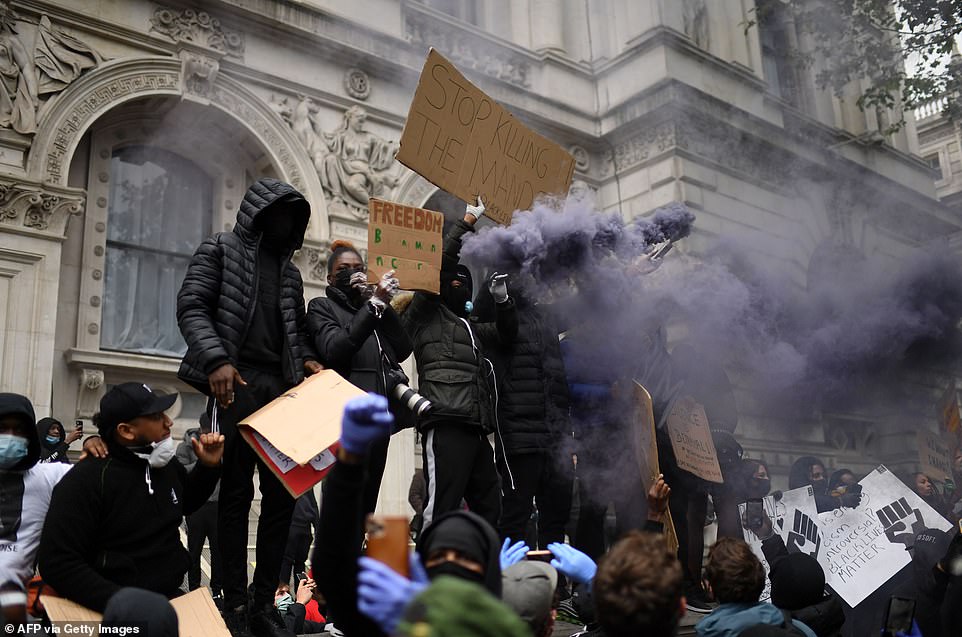
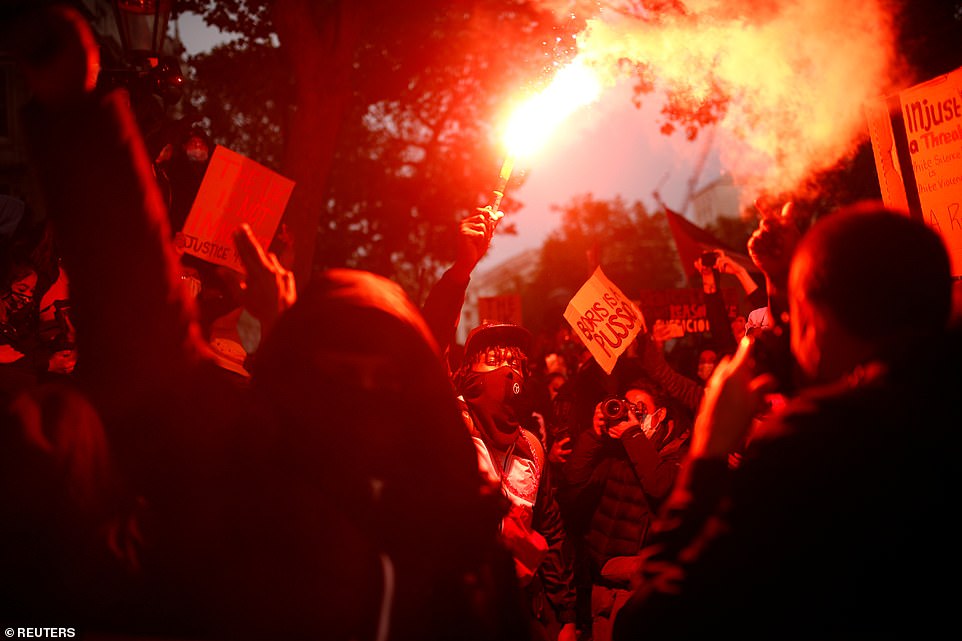
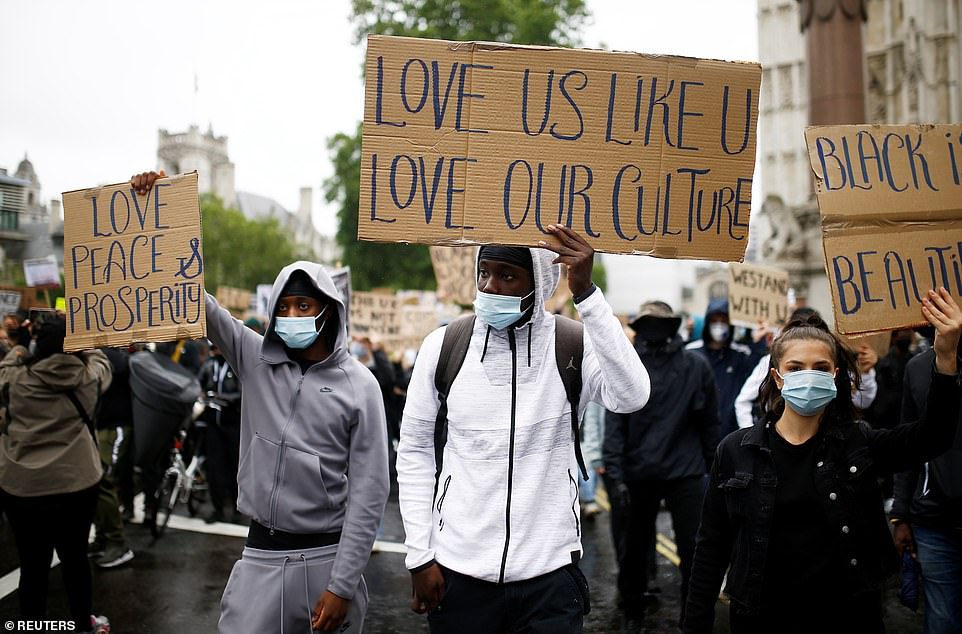
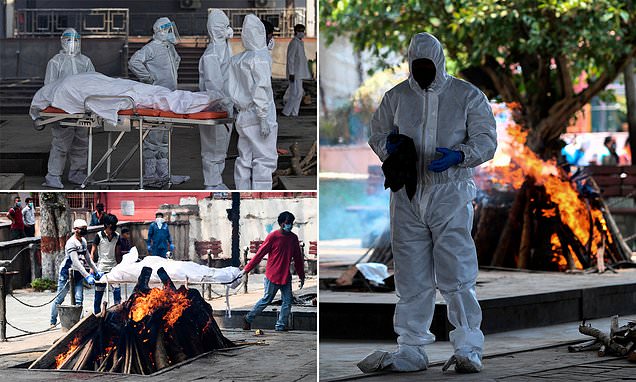
Traditional funeral pyres are set up in New Delhi
The rising number of bodies from hospitals has forced Nigambodh Ghat, New Delhi's biggest and oldest crematorium, to extend its opening hours, as India records 9,887 new Covid-19 cases today.
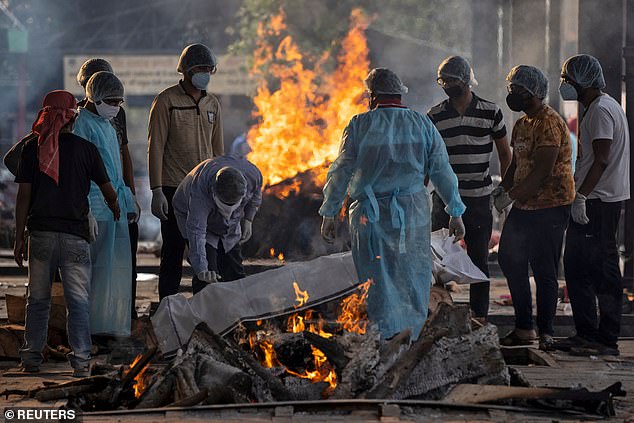
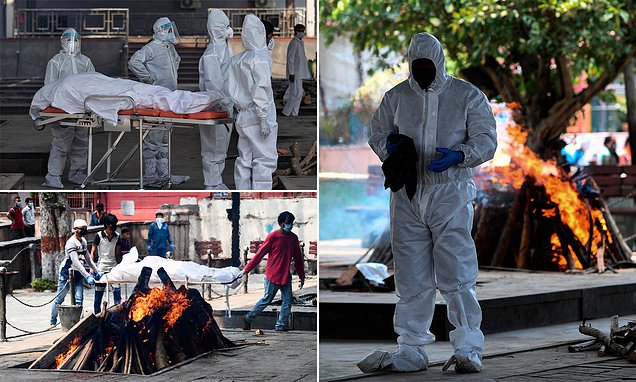
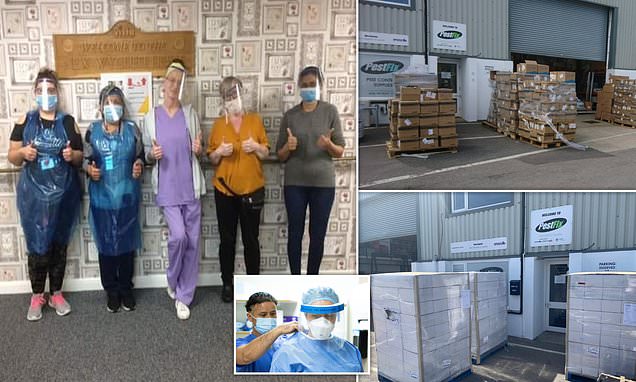
Small family-run pest control firm won £108m contract to procure PPE
A family-run pest control company that employs just 16 people was awarded a £108million contract to supply the NHS with PPE at the height of the coronavirus pandemic, it has emerged.
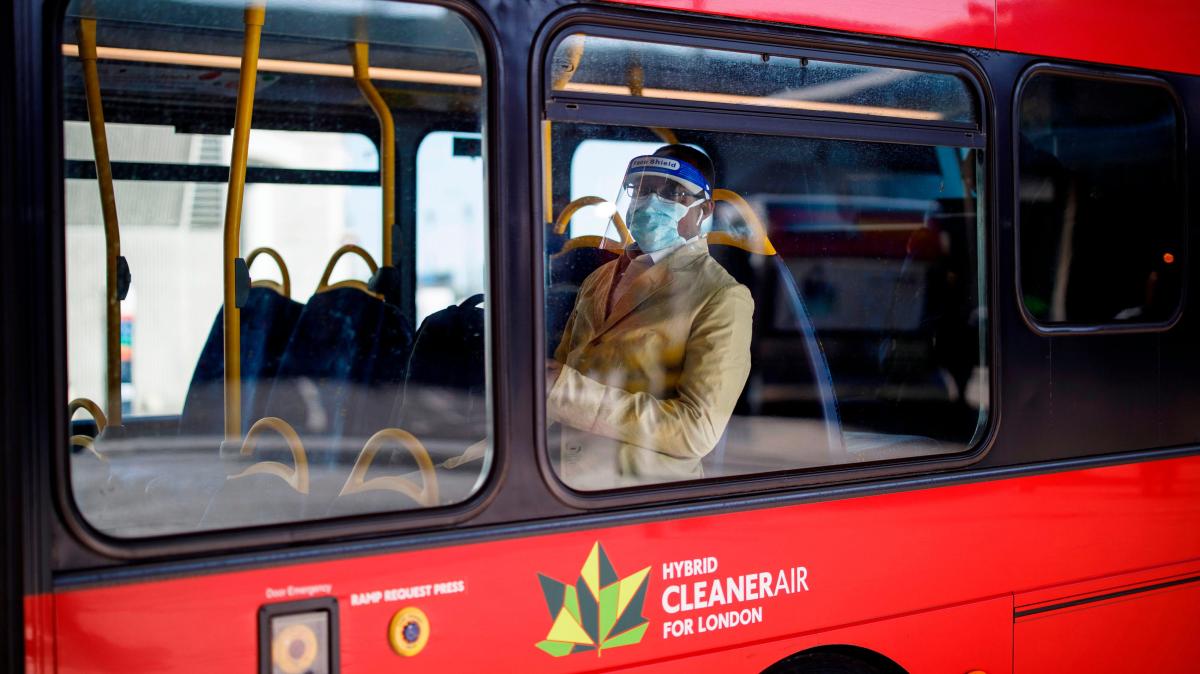
£108m PPE contract was given to small pest control company
A small family-run pest control company was handed a contract worth £108 million to procure personal protective equipment for frontline health staff at the height of the coronavirus pandemic.PestFix, which has only 16 employees and net assets of £18,000, was turned overnight into one of the governme
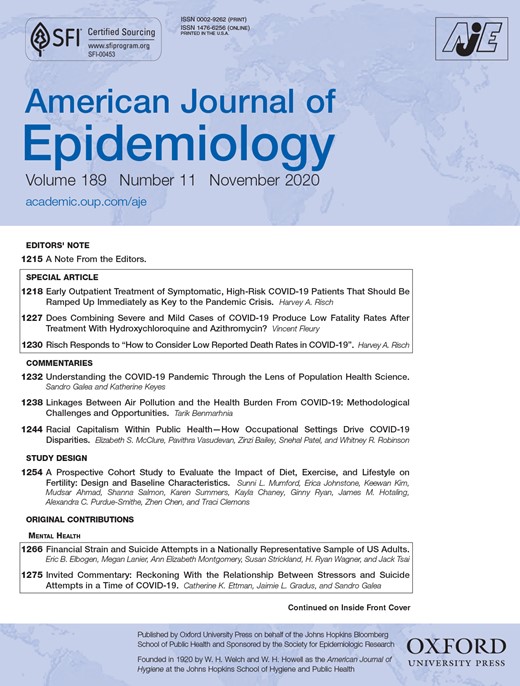
Early Outpatient Treatment of Symptomatic, High-Risk COVID-19 Patients That Should Be Ramped Up Immediately as Key to the Pandemic Crisis
Abstract. More than 1.6 million Americans have been infected with severe acute respiratory syndrome coronavirus 2 (SARS-CoV-2), and more than 10 times that
A second study of the Marseilles group (27) involved 1061 patients tested positive for
SARS-CoV-2 and treated with HCQ+AZ for at least 3 days and followed for at least 9 days. The
authors state “No cardiac toxicity was observed.” Good clinical outcome and virological cure
were seen in 973 patients (92%). Five patients died, and the remainder were in various stages of
recovery.
The third piece of evidence involves the cohort of 1450 patients treated by Dr. Vladimir
Zelenko of Monsey, NY. Dr. Zelenko has released a two-page report (28) describing his clinical
reasoning and procedures, dosing conditions and regimen, and patient results through April 28.
Symptomatic patients presenting to Dr. Zelenko were treated with five days of HCQ+AZ+zinc
sulfate if they were considered high-risk, as evidenced by one or more of: age 60 years or older;
high-risk comorbidities; body-mass index>30; mild shortness of breath at presentation. Patients
were considered to have Covid-19 based on clinical grounds and started treatment as soon as
possible following symptom onset, rather than delaying for test results before starting treatment.
Of the 1450 patients, 1045 were classified as low-risk and sent home to recuperate without active
medications. No deaths or hospitalizations occurred among them. Of the remaining 405 treated
with the combined regimen, 6 were ultimately hospitalized and 2 died. No cardiac arrhythmias
were noted in these 405 patients.
The fourth relevant study was a controlled non-randomized trial of HCQ+AZ in 636
symptomatic high-risk outpatients in São Paulo, Brazil (29). All consecutive patients were
informed about the utility and safety profile of the medications and offered the treatment, and
those who declined (n=224) comprised the control group. Patients were monitored daily by
telemedicine. The study outcome was need for hospitalization, defined as clinically worsening
condition or significant shortness of breath (blood oxygen saturation <90%). Even though the ORIGINAL UNEDITED MANUSCRIPT Downloaded from https://academic.oup.com/aje/advance-article-abstract/doi/10.1093/aje/kwaa093/5847586 by guest on 06 June 2020
11
severities of all of the recorded flu-like signs and symptoms and of important comorbidities
(diabetes, hypertension, asthma, stroke) were substantially greater in the treated patients than the
controls, the need for hospitalization was significantly lower, 1.2% in patients starting treatment
before day 7 of symptoms, 3.2% for patients starting treatment after day 7, and 5.4% for
controls, P-value<.0001. No cardiac arrhythmias were reported in the 412 treated patients. The
most common side effect of treatment was diarrhea (16.5%), but 12.9% of treated patients
presented with diarrhea before treatment began.
Finally, a small study is ongoing in a long-term care facility in Long Island, NY. This
study has been employing HCQ+doxycycline rather than HCQ+AZ for treatment of high-risk
Covid-19 patients. Doxycycline itself has antiviral activity against SARS-CoV-2 at in vitro
concentrations 5.6μM median (30). Among the first 54 residents treated in the Long Island
study, 6 were hospitalized and 3 (5.6%) died (31). An unofficial update of these data indicates
that of about 200 high-risk patients treated with HCQ+doxycycline, 9 (4.5%) have died.
The two non-randomized but controlled trials provide important evidence, if not “proof,”
for the major efficacy of early use of HCQ+AZ against SARS-CoV-2 infection in symptomatic
high-risk outpatients. What can be said about the uncontrolled large case series of treated
patients? Standard published case reports provide clinical evidence of the possibility of an
exposure-outcome relationship, but not of the regularity, magnitude or representativeness of such
a relationship. The same can be said of case series reports, meaning that subject entry into the
series is not necessarily well-defined and no denominator information is provided from which to
gauge what the series represents. However, a large series in the context of known risks of
mortality or adverse events can allow for ballpark estimates of the denominator and thus provide
a reasonable frame of reference for whether the outcomes likely represent beneficial or harmful

Traditional funeral pyres are set up in New Delhi
The rising number of bodies from hospitals has forced Nigambodh Ghat, New Delhi's biggest and oldest crematorium, to extend its opening hours, as India records 9,887 new Covid-19 cases today.www.dailymail.co.uk


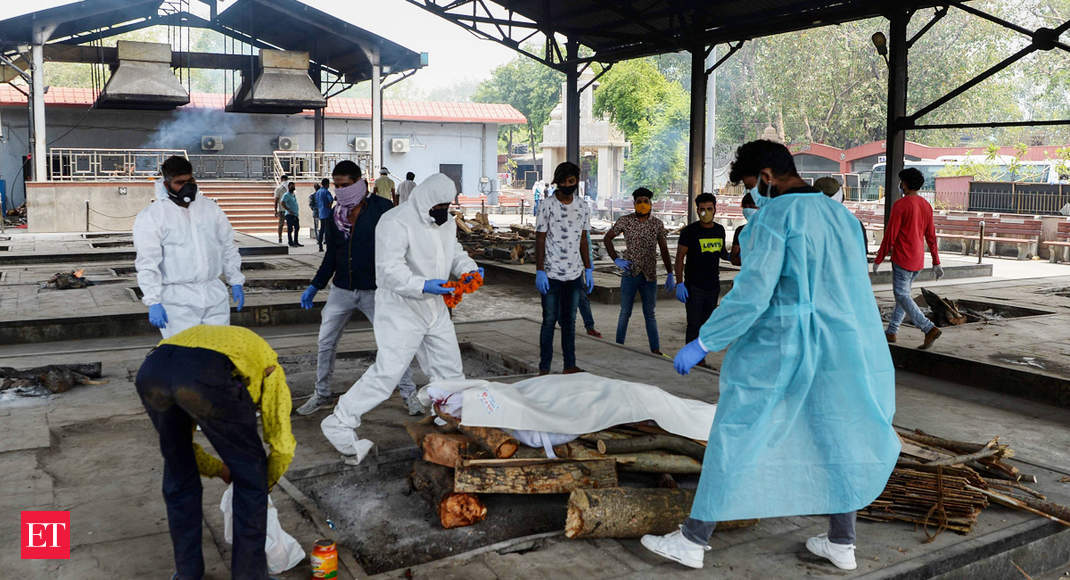
Open all hours, New Delhi's Nigambodh Ghat crematorium struggles with coronavirus dead - Nigambodh Ghat in New Delhi
Traditional funeral pyres have been drafted in to burn the bodies of coronavirus victims in New Delhi as crematorium furnaces struggle to keep up with the mounting death toll.Smoke from the open-air blazes stings the eyes of waiting mourners and workers at Nigambodh Ghat, New Delhi's biggest and...
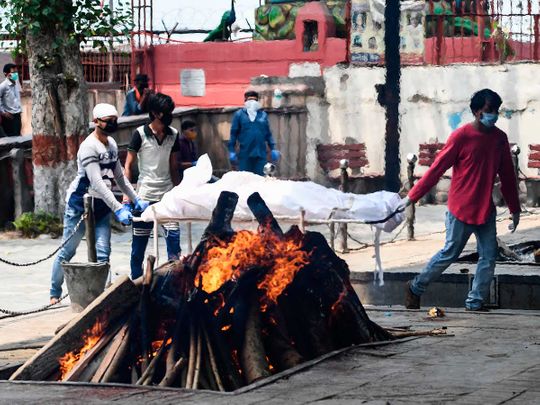
New Delhi's Nigambodh Ghat crematorium struggles with coronavirus dead
Queues of mourners wait at the entrance as a hard-pressed workers work overtime
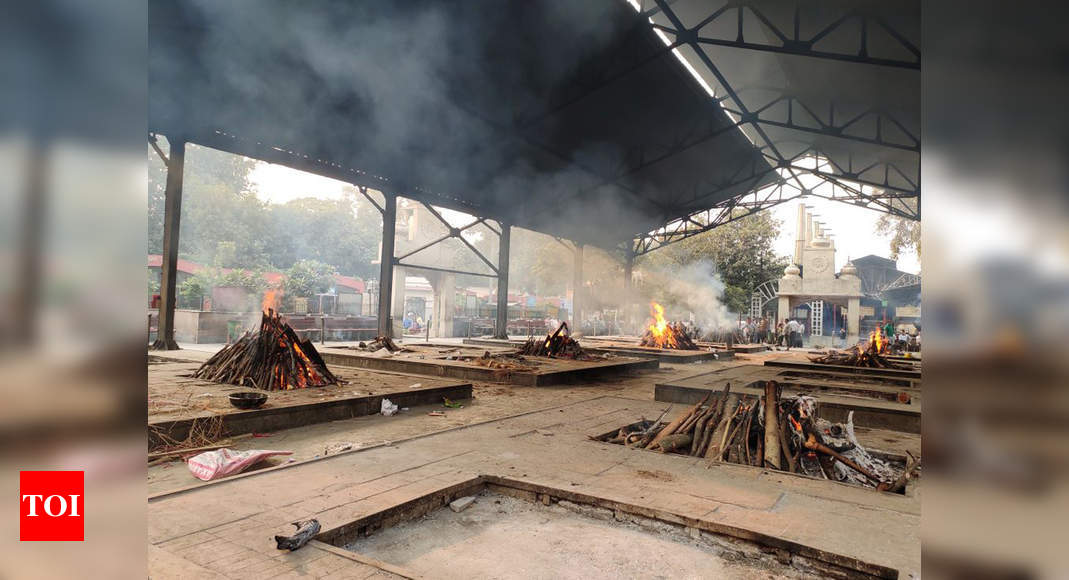
Delhi: North corporation serves notice to NGO running Nigambodh Ghat | Delhi News - Times of India
The increase in the number of bodies of Covid-19 patients has aggravated the tension between the North Delhi Municipal Corporation and the Nigambodh G
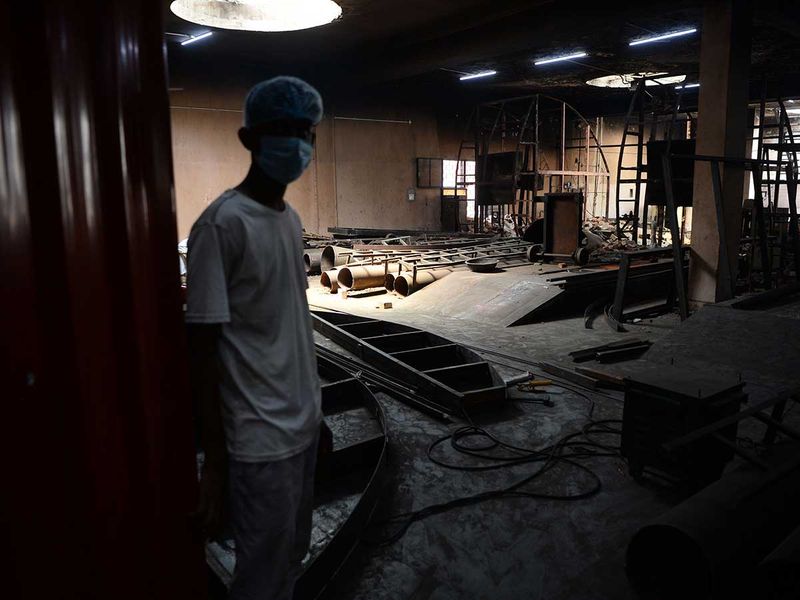
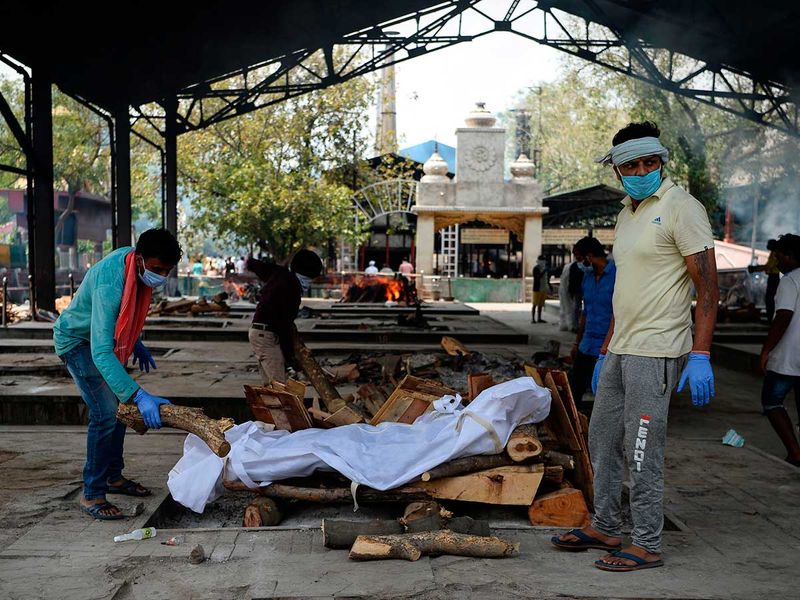
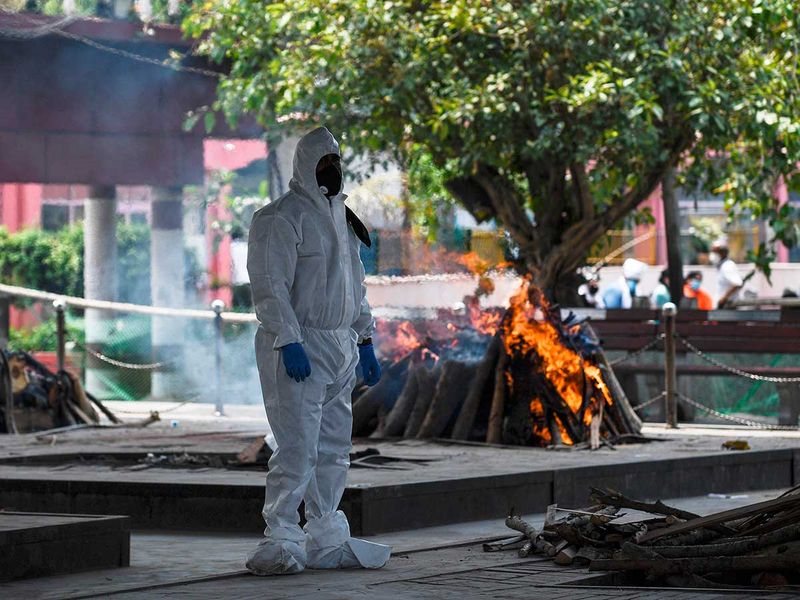
He probably shouldn't have picked one up to begin with, but then he probably put that damn swab back in the pile or in some clean zone to boot. They won't say why that batch will be discarded, but it's specifically the batch made while he was there. Anybody need to do the math on that one?
This looks like a bad idea but we'll have to wait see...
My Question too..
This looks like a bad idea but we'll have to wait see...
This seems insane to me. Indoors, no masks for prolonged periods of time?

Global daily cases are on the rise again.
Ah, shit.
Someone don’t tell Trump this, please.

This doesn’t seem like a mistake either. Raw data should be available for anyone doing the research. If the author can’t provide that, then of course that going to raise red flags.
So the studies on ACE & hydroxy are inconclusive. That sucks.
Yeah they are but the deaths have not caught up.Global daily cases are on the rise again.
Tell them to enjoy the buffet. These are adults.This seems insane to me. Indoors, no masks for prolonged periods of time?
Pride is a crazy thing.!People can be so fucking stupid

